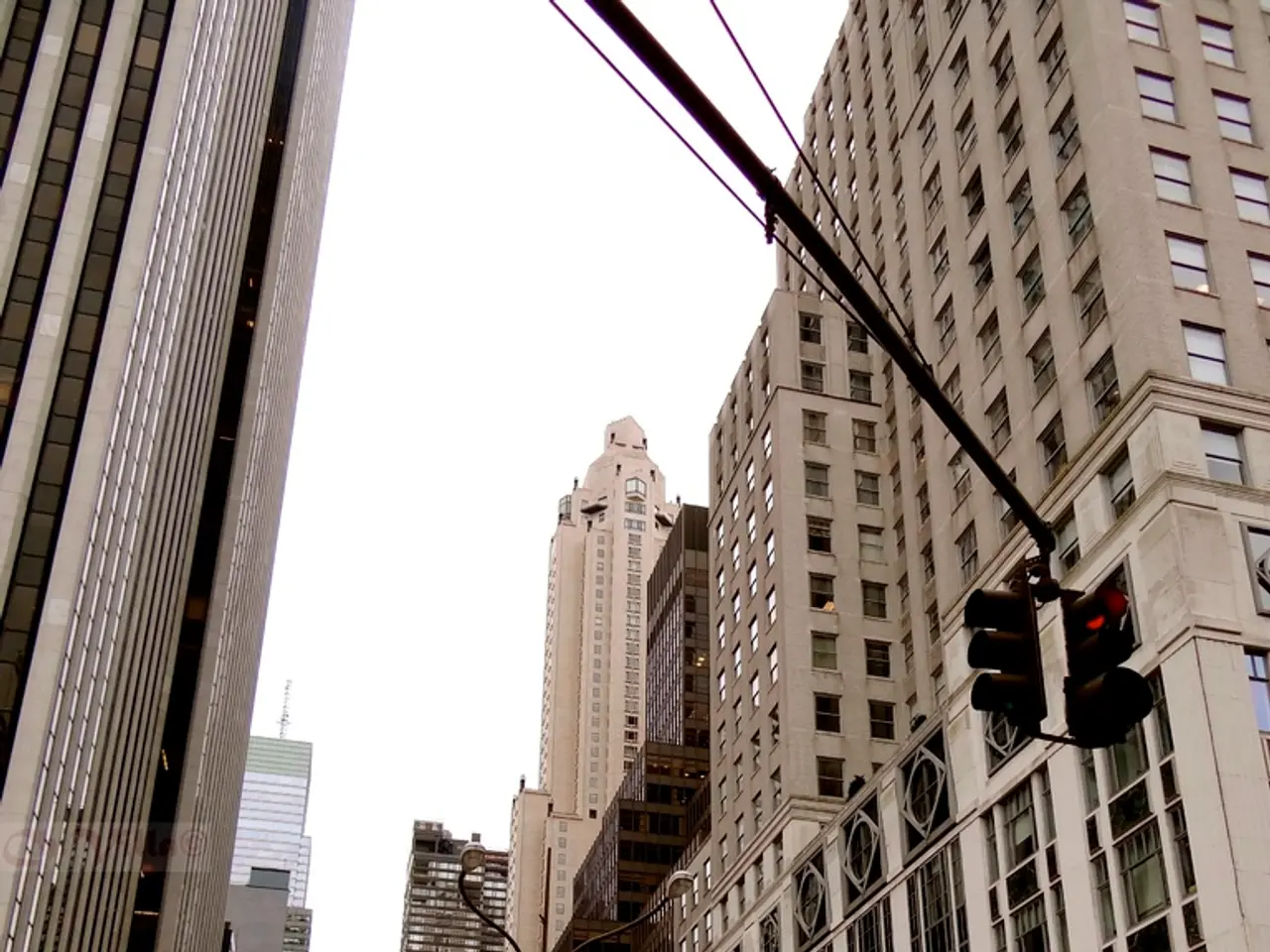Exploring the Essential Ideas of Mobility in AP Human Geography: A Deep Dive into Key Principles
In the realm of AP Human Geography, mobility refers to the ability to move or be moved freely and easily, encompassing social, economic, and political shifts. This concept is crucial in understanding how our world is constantly evolving.
Mobility manifests in various forms, each with its unique causes and effects. The four primary types of mobility are migration, circulation and commuting, seasonal mobility, and social mobility.
Migration, often permanent or semi-permanent, is driven by economic opportunities, political refuge, or environmental factors. It results in changes in demographic composition and cultural landscapes.
Circulation and commuting, which encompasses daily travel to work or school, influences urban structure and transportation systems significantly.
Seasonal mobility, related to seasonal work or climate changes, affects labor markets and resource use.
Social mobility, movement within the social hierarchy, impacts individual or group socioeconomic status.
Economic opportunities and employment patterns, social factors like family ties, cultural identity, and education, political factors including conflict, persecution, and policies regulating movement, and environmental changes prompting displacement or migration are the key factors associated with different types of mobility.
The effects of these mobility types impact population distribution, urbanization, social stratification, cultural diffusion, and economic development in numerous ways. For instance, mobility leads to redistribution of populations, changes in urbanization patterns, economic consequences such as labor market shifts and remittances, cultural diffusion and changes in social fabric, transportation demand, and infrastructure development.
Moreover, mobility plays an essential role in shaping societal structures across nations. In Europe, for example, the EU's policy on freedom of movement fosters regular movement within its borders. In the United States, there has been an increasing trend of people moving from densely populated coastal areas to inland regions with lower living costs. Similarly, in India, people move internally from agricultural regions to metros like Delhi and Mumbai, while others opt for migrating overseas to countries like the US or Canada.
In developing countries, while internal migration occurs, there is also a significant amount of emigration happening, with people moving abroad seeking better economic prospects. This emigration can lead to phenomena like brain drain, where skilled workers leave their home country, impacting its development potential.
Understanding these differing mobility patterns can provide valuable insights about social structures and economic conditions worldwide. These mobility patterns in developing countries can result in challenges like brain drain. On the other hand, in developed countries, there is a high level of internal mobility, with people moving from rural to urban areas for opportunities or shifting between cities for work or education.
Mobility includes various types: cyclical mobility (daily commutes, seasonal migration), periodic mobility (migrant laborers, military service), and permanent mobility (emigration, immigration). African nations such as Nigeria and Senegal also see similar trends with substantial emigration rates.
Internal movements in developed countries have impacts on factors like population density and resource allocation. Mobility encompasses reasons for movement (push and pull factors), obstacles faced during movement (physical barriers, immigration policies), and the impact of such movements on both places of origin and destination.
Cyclical mobility occurs regularly and predictably, while periodic mobility doesn't follow a strict pattern. Understanding these patterns can help us better grasp the complexities of human geography and the interconnectedness of our world.
Education and self-development can play a significant role in shaping an individual's social mobility, as access to quality education can provide opportunities to move up the social hierarchy.
Lifestyle choices, often influenced by economic status and social mobility, can vary greatly depending on the mobility patterns of a particular region or country, with more mobility leading to diversified cultural landscapes.




